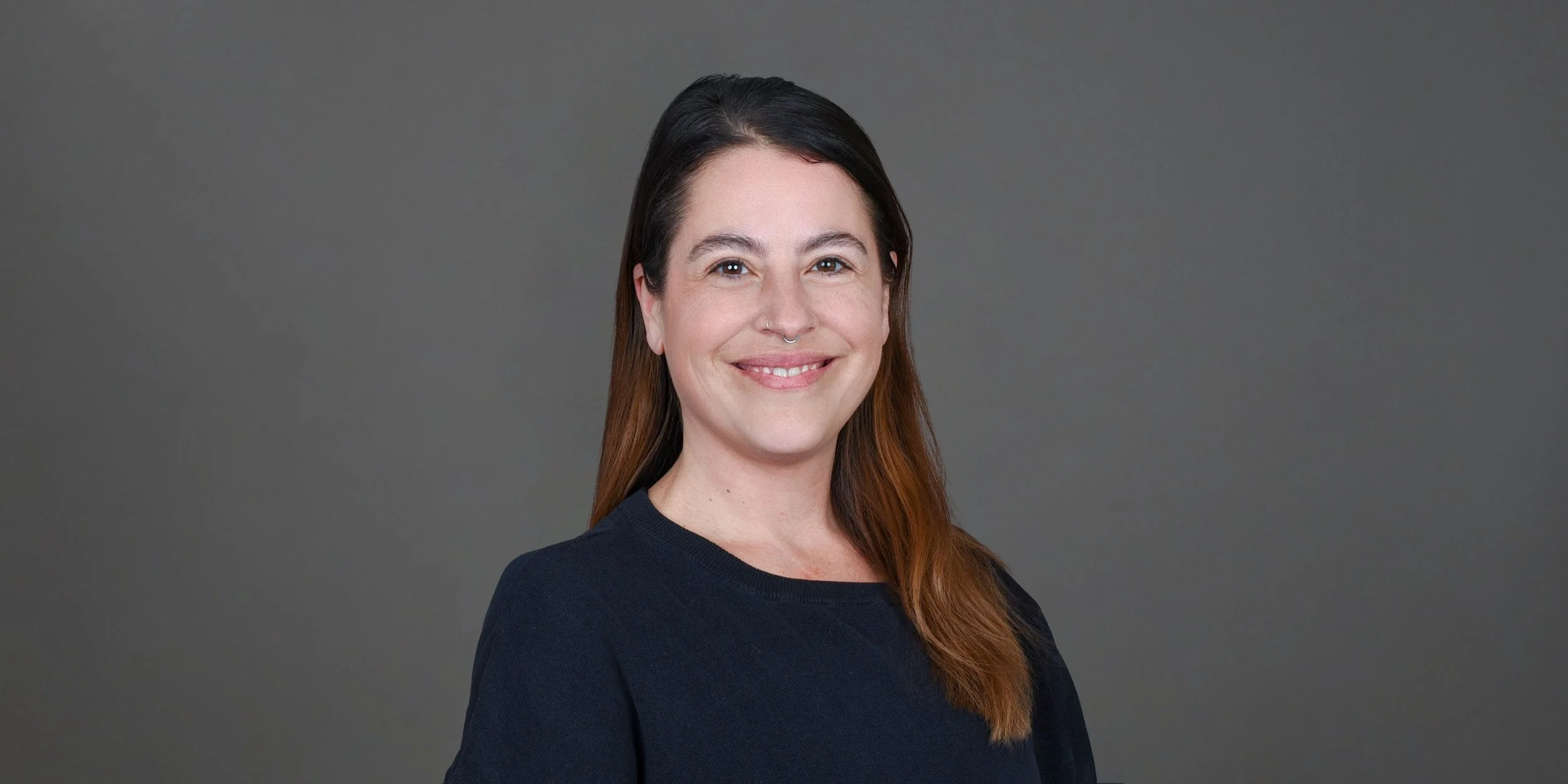Dance With me - Eleni ralli
In Dance With Me, Ralli invites the listener into a space of shifting motion, layered gesture, and subtle interplay between presence and absence. Although the title evokes social or bodily movement - an invitation to partner or step into a rhythm - Ralli’s musical world often goes beyond literal dance to explore the vocabulary of timbre, memory, and relationality in sound.
Ralli’s oeuvre demonstrates a strong interest in contemporary instrumental technique, extended performance practices and nuanced interactions between performers. For example, in her work Go Within she utilised embedded hardware in the saxophone to blur live and pre-recorded sound. In Dance With Me, we might expect a similar thoughtful attentiveness to the instruments’ physicality, to ensemble inter-dependence, and to a layered temporal architecture: voices weaving in and out as though on a dance floor of overlapping trajectories.
The piece opens with an energetic impetus: rhythmic cells shared among the players but staggered in their entrances, like dancers arriving at slightly different times. This stagger creates a feeling of buoyancy and gentle tension, as if the musical bodies are aware of one another but not perfectly synchronised. As the piece unfolds, motifs shift from syncopated pulses to more sustained harmonic clusters. The listener perceives a transition from external gesture (the “dance” of periodic rhythm) to internal reflection (longer held sounds, subtle micro-changes in texture).
At the mid-section Ralli introduces a contrasting texture: melodic fragments rise over a more static accompaniment. Here the dance becomes introspective—less overt display, more glancing look, more inward motion. Some instruments might drop back to whisper-like tones; others lead briefly, only to fade again. This corresponds to an idea of movement not as constant propulsion but as momentary decision: step, pause, shift, observe.
In the final section the ensemble converges again, but not into rigid synchrony. Rather, the players share a loosely unified pulse and gradually coalesce their disparate lines. It is as though the dance invites unity—but honours residual individuality. The piece closes with a fading gesture: the last pulses become more open, the final notes hover, and the texture dissolves into silence. The effect is one of arrival and release: the dancers part, the movement ends, but the memory of collective motion remains.
For performers, Dance With Me offers several interpretive challenges. The interplay of independent lines requires acute awareness of ensemble balance: each part must both assert its own shape and listen into the larger mass. Dynamic shading is crucial: the difference between a “dance-step” and a “pause in motion” often lies in subtle amplitude changes, articulation nuance and the shading of harmonics or overtones. In rehearsal the players should consider moments of latency: slight delays between entrances, intentional overlaps, the space around the sound. In performance this space becomes part of the “dance” itself.
In the context of the concert programme, this work serves as an invitation—to the audience, to the performers—to participate in an act of listening that mirrors choreography. The title Dance With Me thus carries a dual meaning: the players dancing with one another, and the audience invited to enter into the motion of sound. In listening we become partner to the music; in the final fade-out we remain conscious of the movement’s trace.
Ultimately, Eleni Ralli’s Dance With Me offers a fresh take on musical “dance”: not simply rhythm and meter, but relationship, presence, memory and motion. It suits an ensemble comfortable with contemporary idioms and the subtle negotiation between structure and freedom. We hope you enjoy the journey of motion, pause and collective arrival.
(Program note by Don-Paul Kahl)

